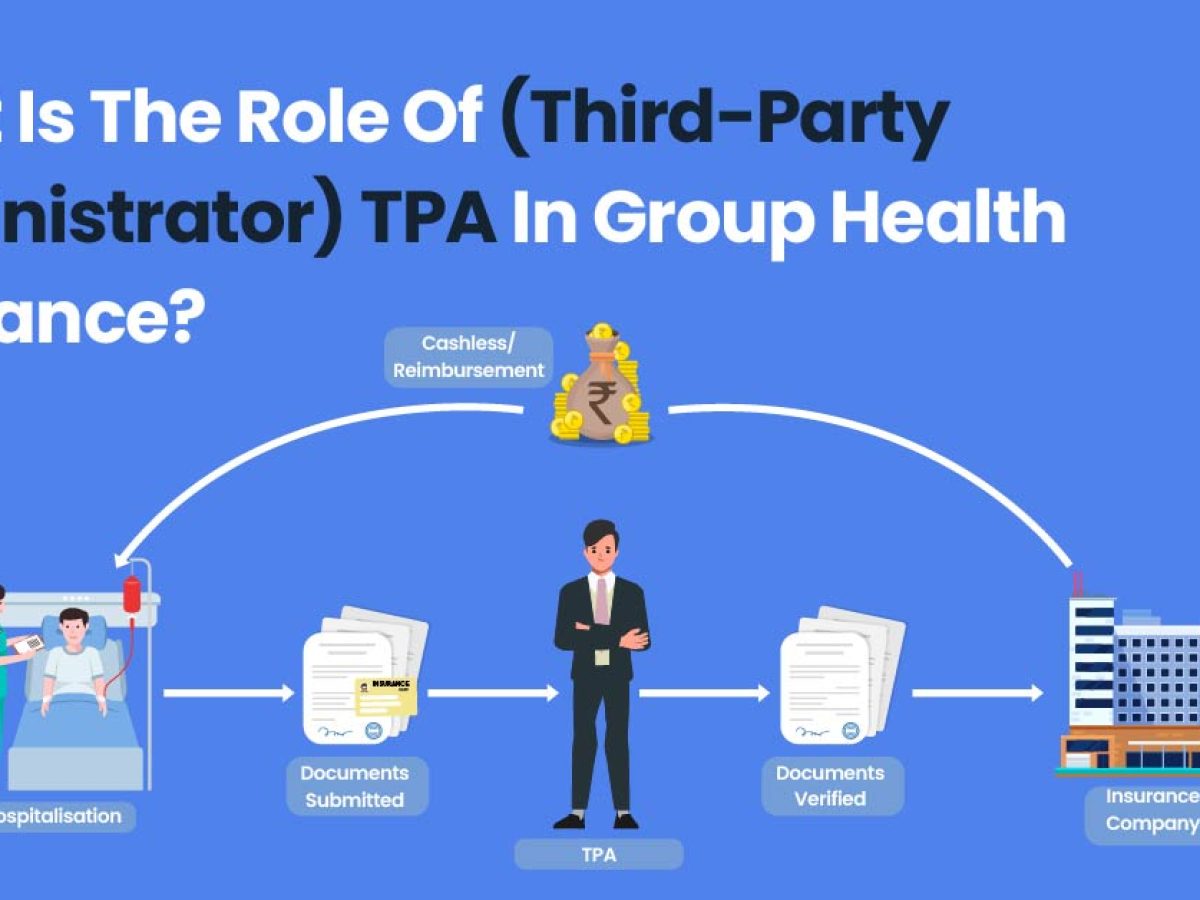Pacific Prime for Dummies
Pacific Prime for Dummies
Blog Article
Some Known Facts About Pacific Prime.
Table of ContentsWhat Does Pacific Prime Mean?Some Known Incorrect Statements About Pacific Prime Getting My Pacific Prime To WorkIndicators on Pacific Prime You Should KnowIndicators on Pacific Prime You Should Know

This is due to the fact that the data were accumulated for a period of strong economic performance. Of the estimated 42 million individuals who were without insurance, almost concerning 420,000 (regarding 1 percent) were under 65 years of age, the age at which most Americans end up being qualified for Medicare; 32 million were grownups in between ages 18 and 65, around 19 percent of all adults in this age group; and 10 million were kids under 18 years of age, regarding 13.9 percent of all kids (Mills, 2000).
These quotes of the number of persons uninsured are created from the annual March Supplement to the Existing Population Survey (CPS), carried out by the Demographics Bureau. Unless otherwise kept in mind, national estimates of people without medical insurance and percentages of the populace with various type of insurance coverage are based upon the CPS, one of the most widely used source of estimates of insurance policy protection and uninsurance prices.
The Greatest Guide To Pacific Prime

Still, the CPS is especially helpful because it creates yearly price quotes relatively swiftly, reporting the previous year's insurance policy protection estimates each September, and because it is the basis for a consistent set of quotes for even more than 20 years, permitting for analysis of trends in protection with time. For these reasons, along with the substantial usage of the CPS in various other researches of insurance coverage that are presented in this report, we count on CPS estimates, with restrictions kept in mind.

The estimate of the number of uninsured people increases when a population's insurance coverage standing is tracked for numerous years. Over a three-year period beginning early in 1993, 72 million individuals, 29 percent of the U.S. https://www.goodreads.com/user/show/177010401-freddy-smith. populace, lacked insurance coverage for why not try these out at the very least one month. Within a solitary year (1994 ), 53 million people experienced at least a month without protection (Bennefield, 1998a)
Six out of every ten without insurance adults are themselves utilized. Although working does boost the likelihood that and one's relative will have insurance, it is not an assurance. Also participants of families with two permanent breadwinner have virtually a one-in-ten opportunity of being without insurance (9.1 percent without insurance price) (Hoffman and Pohl, 2000).
Examine This Report about Pacific Prime
New immigrants represent a substantial percentage of people without health and wellness insurance policy. One analysis has actually attributed a considerable section of the recent growth in the dimension of the U.S. without insurance populace to immigrants who showed up in the nation between 1994 and 1998 (Camarota and Edwards, 2000). Current immigrants (those who came to the USA within the previous four years) do have a high price of being without insurance (46 percent), but they and their children make up just 6 percent of those without insurance nationally (Holahan et al., 2001).
The connection in between health insurance policy and access to care is well established, as recorded later on in this phase. Although the relationship between health insurance coverage and health and wellness outcomes is neither straight neither straightforward, a comprehensive scientific and wellness solutions research study literary works links health and wellness insurance coverage to enhanced accessibility to care, far better quality, and improved personal and populace wellness status.
Degrees of analysis for examining the impacts of uninsurance. It concentrates especially on those without any type of health and wellness insurance coverage for any kind of length of time.
The smart Trick of Pacific Prime That Nobody is Talking About
The issues dealt with by the underinsured are in some areas similar to those encountered by the uninsured, although they are usually less serious. maternity insurance for expats. Uninsurance and underinsurance, nonetheless, involve definitely various policy issues, and the techniques for addressing them might differ. Throughout this research and the 5 records to adhere to, the main emphasis gets on individuals without health and wellness insurance policy and therefore no aid in paying for wellness care beyond what is offered via charity and safeguard institutions
Medical insurance is a powerful aspect impacting receipt of care since both patients and medical professionals react to the out-of-pocket cost of solutions - http://tupalo.com/en/users/6478264. Medical insurance, however, is neither required nor enough to get to medical solutions. The independent and direct impact of health insurance protection on access to health solutions is well developed.
Others will certainly obtain the healthcare they require even without wellness insurance policy, by paying for it expense or seeking it from service providers who offer care complimentary or at highly subsidized prices. For still others, wellness insurance policy alone does not make sure invoice of care as a result of other nonfinancial barriers, such as an absence of healthcare service providers in their area, restricted access to transport, illiteracy, or linguistic and social distinctions.
Pacific Prime Can Be Fun For Anyone
Formal research about without insurance populations in the United States dates to the late 1920s and very early 1930s when the Board on the Expense of Healthcare created a series of reports about financing doctor office brows through and hospitalizations. This problem became prominent as the numbers of clinically indigent climbed during the Great Clinical depression.
Report this page